One of the most annoying issues on a Windows 11/10 computer would be the one where the Restore, Minimize, and Close buttons are not working. In this case, the buttons on the right side of the title bar do not respond to any inputs. This is caused due to a number of factors like a different input mode, system files being corrupt, and more. In this guide, we will be taking a look at how to troubleshoot this issue on Windows 11/10.
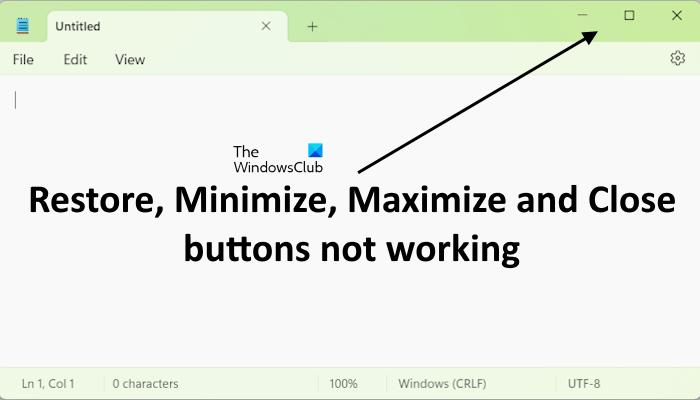
Restore, Minimize, Maximize & Close buttons not working in Windows 11/10
Use the following suggestions if the Restore, Maximize, Minimize, and Close buttons are not working on your Windows 11/10 computer:
- Turn off the Tablet Mode
- Check the issue in Clean Boot State
- Reinstall the program
- Repair corrupted system image files
- Restart Desktop Window Manager
- Uninstall the recent Windows Update (if applicable)
- Perform System Restore
Below, we have explained all these fixes in detail.
1] Turn off the Tablet Mode
There might be chances that you might be running your computer in the Tablet Mode.
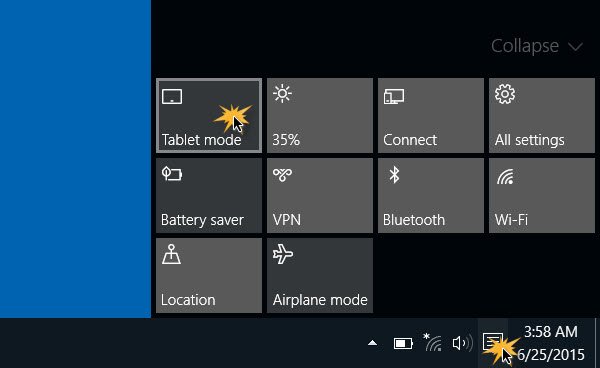
Applications run only on the full-screen mode in Tablet mode, and the title bar is missing on UWP applications until a mouse hovers on the top portion.
In this case, you can turn off Tablet mode and check if the buttons are working fine in conventional mode.
Do note that the Tablet Mode is not available in Windows 11. Therefore, Windows 11 users can skip this fix.
2] Check the issue in Clean Boot State
We suggest you check the issue in the Clean Boot state. When you start your computer after disabling all the third-party background applications and third-party services, that state is called the Clean Boot state. Disable the third-party Services carefully, as if you accidentally disable all the Services (including the Microsoft Services), you will not be able to use your computer, even after a restart.
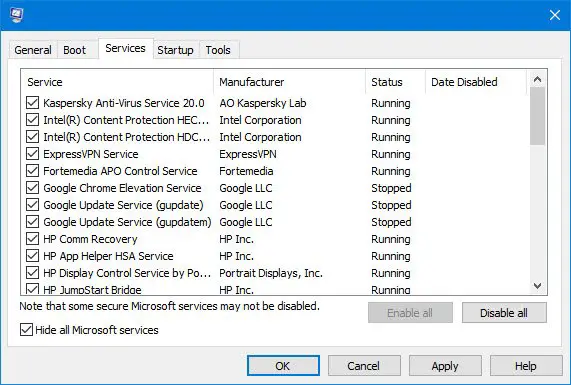
If the problem disappears in the Clean Boot state, a third-party background application or service is responsible for this issue. Using the trial & error method, you may disable/enable third-party background applications and third-party services to find the culprit.
The problem might be occurring due to a third-party extension. To confirm this, you can use a free third-party tool called ShellExView.
3] Reinstall the program
If this issue is being faced on any third-party software or app, you may want to consider reinstalling it. You can uninstall a program through the Control Panel or Windows 11/10 Settings app. After uninstalling it, download its latest version from its official website and install it.
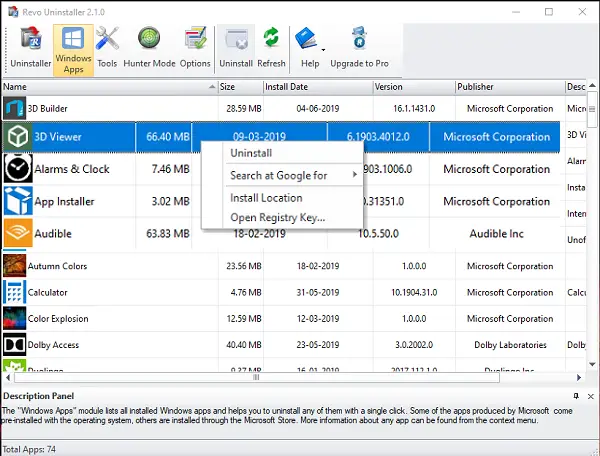
You may also try to completely remove the program from your system with the help of a third-party tool, like Revo Uninstaller, and then reinstall it.
4] Repair corrupted system image files
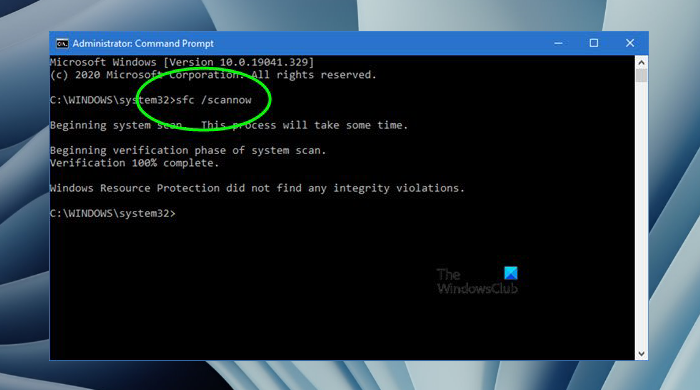
If the problem still persists, your system may have corrupted system image files. We suggest you repair the corrupted system image files with the help of built-in tools, System File Checker, and DISM. Run these tools one by one in the elevated Command Prompt window and see if they detect any system file corruption. If these tools detect the system file corruption, they will automatically repair the corrupted system image files.
5] Restart Desktop Window Manager
Desktop Windows Manager is a core part of the Windows operating system that keeps running in the background. It manages the opened windows on a computer. You can try terminating this process via the Task Manager.
Because this is a core part of Windows OS, terminating this process through the Task Manager can cause Windows to become unstable or shut down unexpectedly. Therefore, before performing this action, save your work.
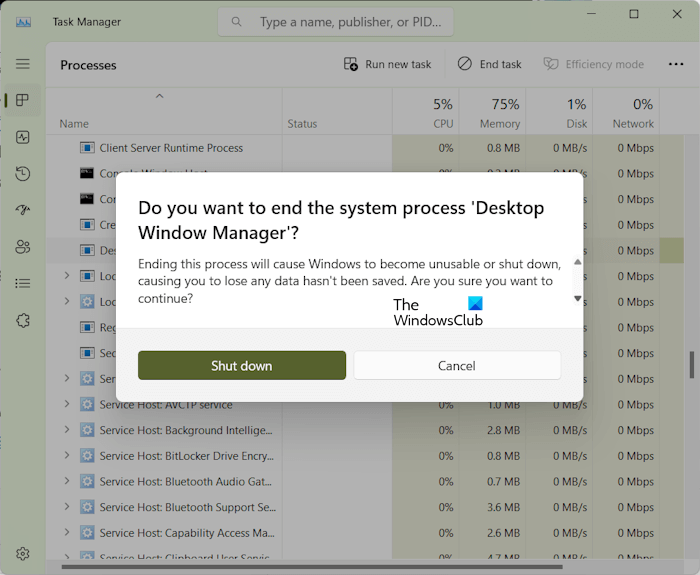
Follow the steps provided below:
- Open the Task Manager.
- Under the Processes tab, scroll down and locate the Desktop Window Manager process.
- Once you find it, right-click on it and select End Task.
- You will receive a warning message. Select Shut Down in that window.
Windows 11/10 will automatically restart this process. Now, check if the issue persists.
6] Uninstall the recent Windows Update (if applicable)
Microsoft recommends Windows users install the latest Windows Updates. This is because these updates contain the latest security patches that help protect a user’s system from the latest threats. However, sometimes, Windows Update causes issues on a computer. In such a case, you can uninstall that particular Windows Update.
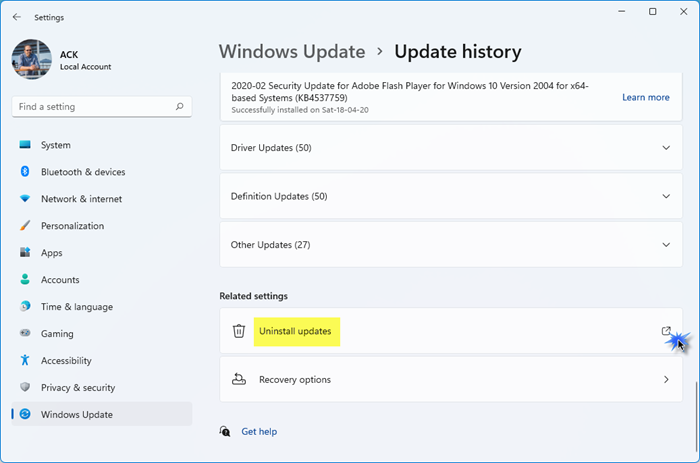
If the problem has started occurring on your system after installing a recent Windows Update, we suggest you uninstall that particular Windows Update. This will fix the issue.
7] Perform System Restore
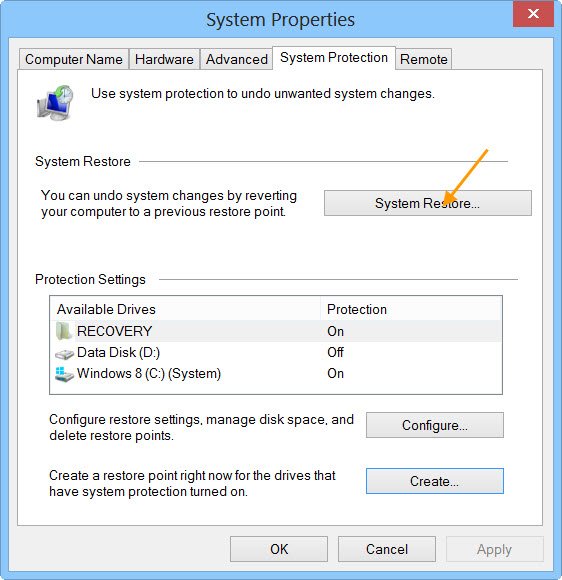
System Restore is a built-in tool in Windows 11/10. With the help of this tool, you can take your system back to the previous working state. You can restore your system and see if it helps. While performing this action, select the restore point that was created on the date before which the problem did not exist.
All the best!
How do I maximize, minimize, and restore Windows?
You can maximize, minimize, and restore windows on a Windows 11/10 computer by clicking on the dedicated buttons available on the top right side of the opened windows. The minus sign on the top right side of an opened window minimizes it. The button between the Minimize and the Close buttons is the Maximize button. The same button works as the Restore button.
How do I enable the minimize button?
There is no need to enable the Minimize button. The windows that can be minimized contain the Minimize button. You will see it on the top right side of the opened window. The Minimize button is represented by a minus sign. In Windows 11/10, some windows cannot be minimized, maximized, and restored. Such windows contain only the Cross button. Some examples of such windows are the Run command box, Sound properties box (that can be opened from the Control Panel), etc.
Next, we will see what you can do if the Title bar, Minimize, Maximize and Close buttons are missing in Windows 11/10.